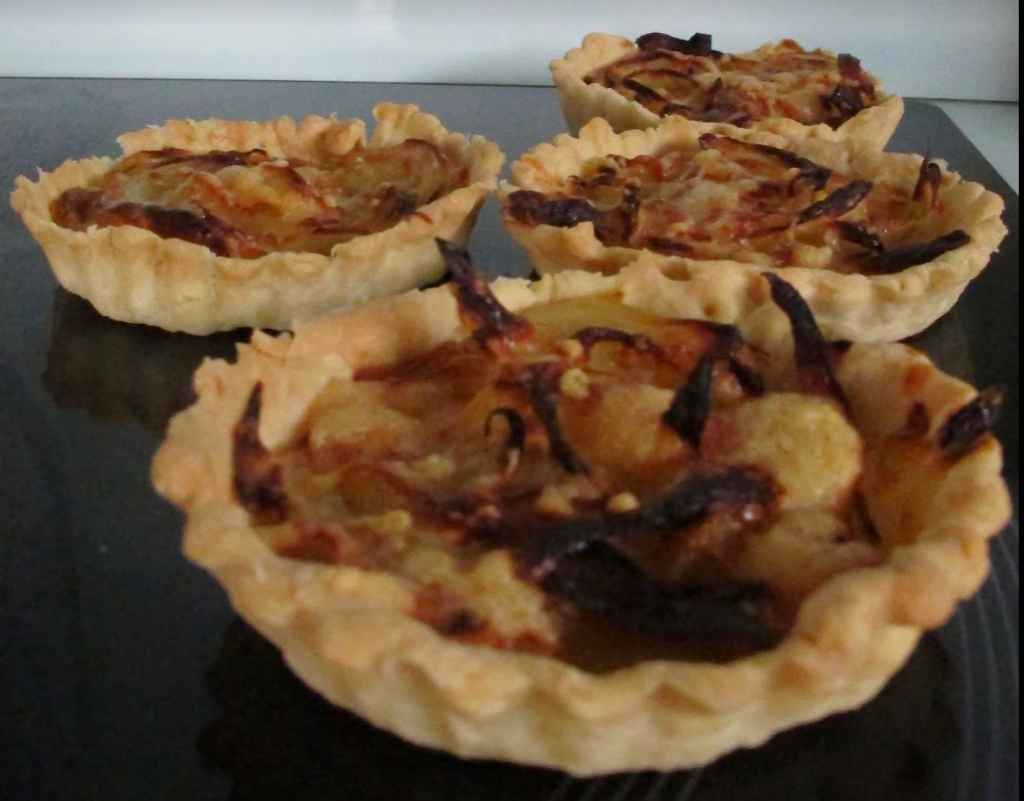
Onion pie. First impressions often include odd faces and even grimaces. Exclamations of ‘Oh no! I wouldn’t eat that!” follow and I’m left defending this delicacy. It’s really good. Other than my fickle daughters, I’m not sure if I’ve come across someone who has tasted an onion pie and continued a tale of dislike. Don’t think of eye watering, strong tasting onions but the yumminess of caramelized onions. But, 3.14 is not about this type of pie so let’s not continue down the path of how good an onion pie can be. Take that ‘e’ off and move over to mathematics.
I ask my students what is pi and immediate shouts of “3.14” ring out. Some puff up and ask if I am ready to hear how many digits they can recite. The clamor dies down and I refine the question to ask what do the digits stand for. Silence…Wait, there is meaning behind all those digits? Simply reciting 10, 20, even 100 digits isn’t the goal? Out comes the measuring tapes and we begin looking for pi. We measure circumferences and diameters – a bit more challenging for many than reciting values – and build on our understanding of ratio to find how close we can get to pi. Some groups average their values out to 3.19. Others are at 3.22. 3.08. We dance around the elusive 3.1415… but I’m hoping the idea of pi being a ratio of the circumference to diameter starts to take a bit more brain space over the endless stream of digits. (You can always head over to the pi-search page and see if your favorite string of numbers is in the first 200 million digits). According to the Exploratorium page, in 2019 pi was calculated out to 31.4 trillion decimal places.
